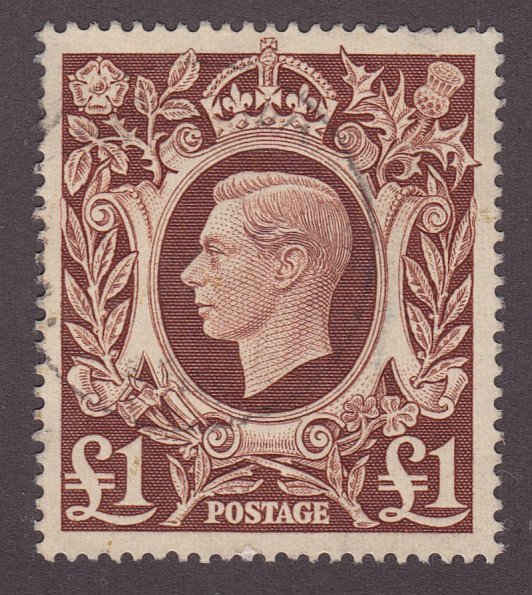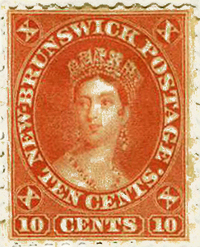
Discussion - Member to Member Sales - Research Center

Discussion - Member to Member Sales - Research Center


Now the top row is on cream paper. I know this because it they are only printed on cream paper.
The second row is on white paper. I know this because these stamps are only printed on white paper.
The third row could be on either white or cream paper.
My problem is the top row's paper looks whiter than the second row. How do you tell these apart? Where do the stamps on the bottom row fit? Is there an easy way to test for toned (cream) paper over white paper.

Login to Like
this post
A scan of the back of the stamps may make identification easier.
SG tells me the releae date for the white paper on the 10s was 14 Jan 1965, for the £1 it was 1 November 1964. Dated cpies may help with idntification.
John

Login to Like
this post
I have read before that the use of a long range UV light is useful when trying to separate them.

Login to Like
this post
"I have read before that the use of a long range UV light is useful when trying to separate them."
I just wonder how the experts/dealers do it. I have a UV light over the fish tank, I should see if that does anything.

Login to Like
this post
"I just wonder how the experts/dealers do it. I have a UV light over the fish tank, I should see if that does anything."
Don't drop the stamps (especially the mint ones).
In all my years of collecting, I have never used a UV lamp on my stamps.

Login to Like
this post

I have these stamps (not a full set I know)...

Now the top row is on cream paper. I know this because it they are only printed on cream paper.
The second row is on white paper. I know this because these stamps are only printed on white paper.
The third row could be on either white or cream paper.
My problem is the top row's paper looks whiter than the second row. How do you tell these apart? Where do the stamps on the bottom row fit? Is there an easy way to test for toned (cream) paper over white paper.

Login to Like
this post
03:58:52am
re: Australia: Early navigators in Australian Waters
A scan of the back of the stamps may make identification easier.
SG tells me the releae date for the white paper on the 10s was 14 Jan 1965, for the £1 it was 1 November 1964. Dated cpies may help with idntification.
John

Login to Like
this post
04:13:20am
re: Australia: Early navigators in Australian Waters
I have read before that the use of a long range UV light is useful when trying to separate them.

Login to Like
this post

re: Australia: Early navigators in Australian Waters
"I have read before that the use of a long range UV light is useful when trying to separate them."
I just wonder how the experts/dealers do it. I have a UV light over the fish tank, I should see if that does anything.

Login to Like
this post
05:06:31am
re: Australia: Early navigators in Australian Waters
"I just wonder how the experts/dealers do it. I have a UV light over the fish tank, I should see if that does anything."
Don't drop the stamps (especially the mint ones).
In all my years of collecting, I have never used a UV lamp on my stamps.

Login to Like
this post

